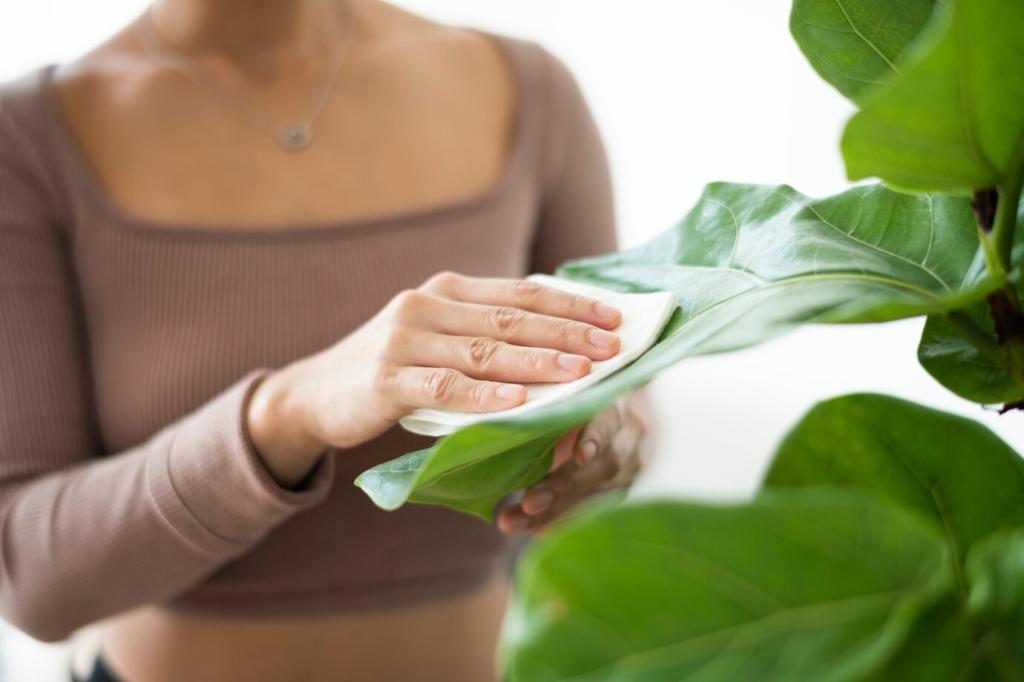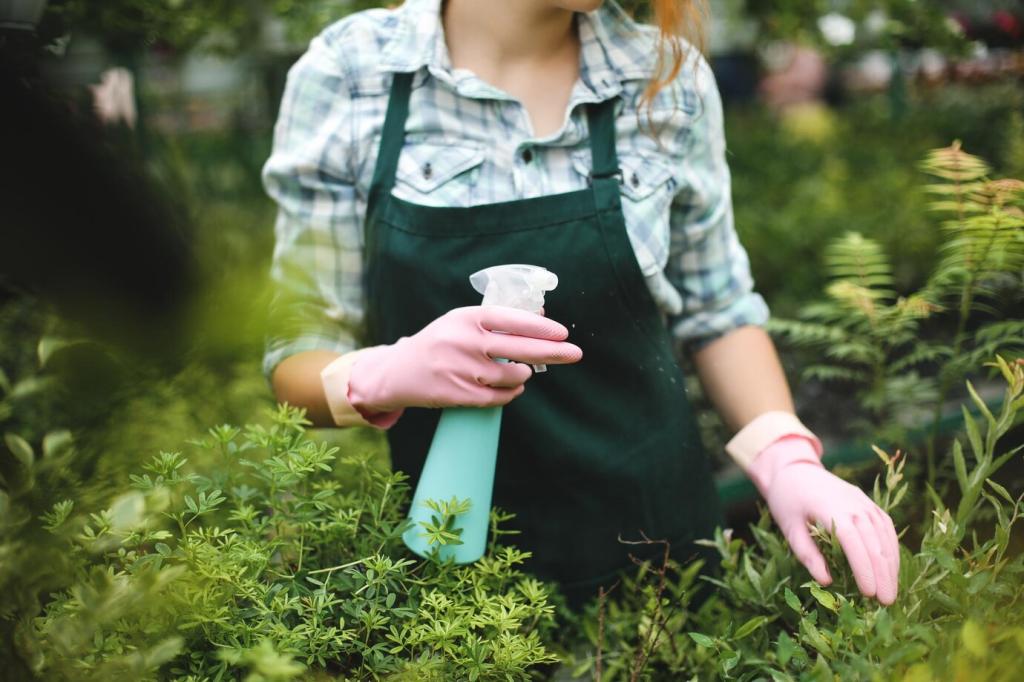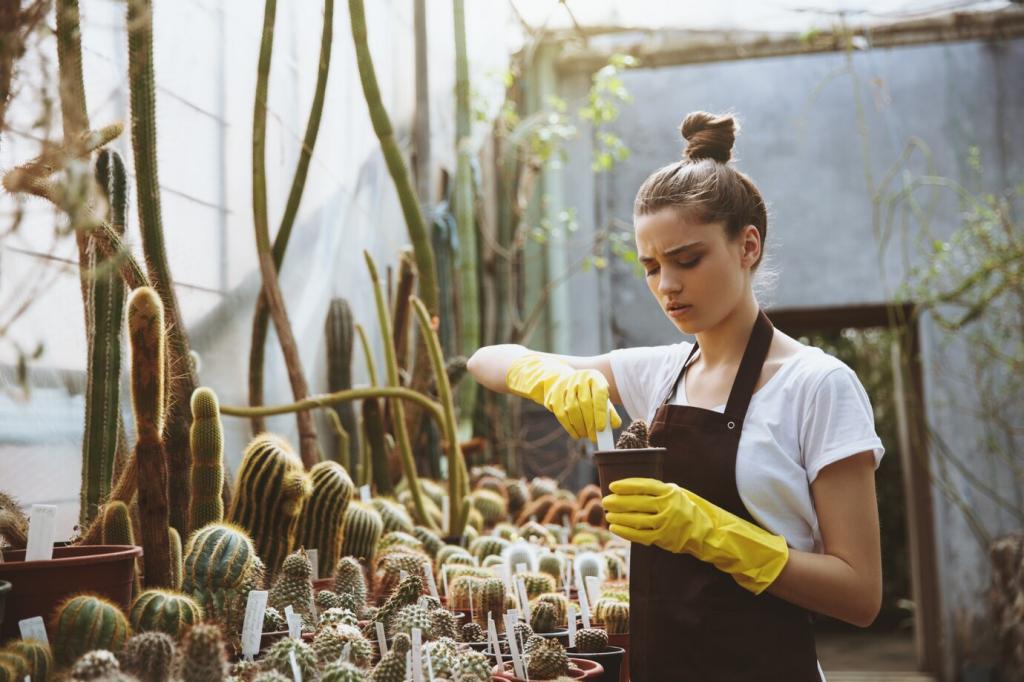Selected theme: Sustainable Polishing Practices for Wooden Furniture. Let’s bring out the grain with low‑impact methods, materials, and routines that respect forests, homes, and craft. Join the conversation, ask questions, and subscribe for fresh, planet‑kind finishing wisdom.


Why Sustainable Polishing Matters
Choosing low‑VOC and bio‑based finishes lowers indoor air pollution, protects children and pets, and trims your carbon footprint. The shine lasts, the room smells cleaner, and your conscience breathes easier every time sunlight hits the grain.
Why Sustainable Polishing Matters
A durable finish means fewer reapplications, fewer sanding sessions, and less material consumed over the furniture’s lifetime. Sustainability often hides in longevity; keep the protective film resilient, and the tree you honored keeps working for decades.

Choosing Planet‑Kind Polishes and Ingredients
My grandfather taught me to rub pure tung oil into a maple drawer with slow, circular strokes, then wait days. Plant oils polymerize beautifully, deepen tone without smothering grain, and, sourced responsibly, keep petrochemicals out of your workshop.

Smarter sanding sequences
Plan grit jumps—80 to 120 to 180 to 220—so each pass erases the previous scratches efficiently. Fewer sheets, longer life, and less dust mean a cleaner shop and a happier planet without sacrificing silky surfaces.

Hand tools, high impact
A sharp card scraper removes mill marks without plugs, paper, or noise. I restored a thrifted oak table using only scrapers and patience, then polished lightly; the savings in waste and effort surprised everyone at dinner.


Applying Finish the Gentle, Efficient Way
Thin coats wiped with a lint‑free cloth level quickly and waste less product. Work with the grain, overlap edges, and resist flooding. Multiple whisper‑light layers build depth while keeping emissions low and cleanup almost effortless.
Applying Finish the Gentle, Efficient Way
French polishing uses shellac, alcohol, and a soft pad to build a glassy, renewable finish. Swap disposable pads for recycled cotton, recharge sparingly, and let pauses teach patience. The result glows without fossil‑heavy chemistry.
Monthly micro‑maintenance
Set a monthly reminder to dust with a microfiber cloth and refresh high‑traffic surfaces with a thin wax‑oil blend. These tiny habits delay full refinishing, prevent scratches from compounding, and keep the luster confidently consistent.
Spot fixes over full re‑polish
When water rings or scuffs appear, spot repair the area rather than stripping everything. A dab of shellac, careful steel‑wool blending, and a light wax topcoat can erase mistakes invisibly and conserve both energy and supplies.
From Supply Chain to Scrap: The Lifecycle View
Look for transparent VOC numbers, ingredient lists you recognize, and third‑party certifications. Email makers about source farms and resins. Responsible brands answer quickly and proudly, while vague language usually signals compromises you might prefer to avoid.
From Supply Chain to Scrap: The Lifecycle View
Bring clean jars to local refill stores and split bulk buys with neighbors to reduce packaging. Start a community swap shelf for surplus finishes and abrasives. Tell us your favorite refill station, and we’ll map them for readers.
From Supply Chain to Scrap: The Lifecycle View
Never toss oily rags in a pile. Lay them flat to dry outdoors, submerge in water inside a sealed metal can, or take them to disposal sites. Safety and sustainability walk hand in hand in every shop.
Real‑World Wins and Reader Stories
A reader finished a walnut desk with two ultra‑thin waterborne coats and a beeswax glide. Months later, the surface still gleamed, and they used less than a quarter of a conventional kit—proof that restraint can be radiant.
Real‑World Wins and Reader Stories
Our neighborhood maker club trades offcut sanding belts and shares a HEPA extractor. Waste measured by weight dropped dramatically in one season. Could your workshop start a simple swap night? We’d love photos and tips.


